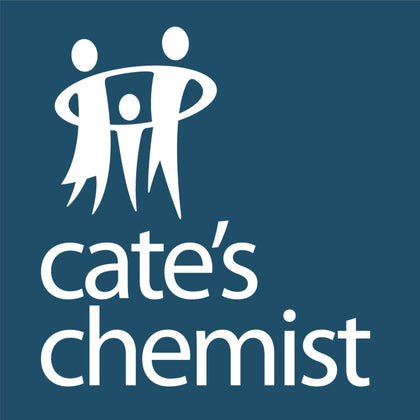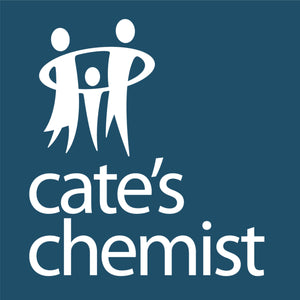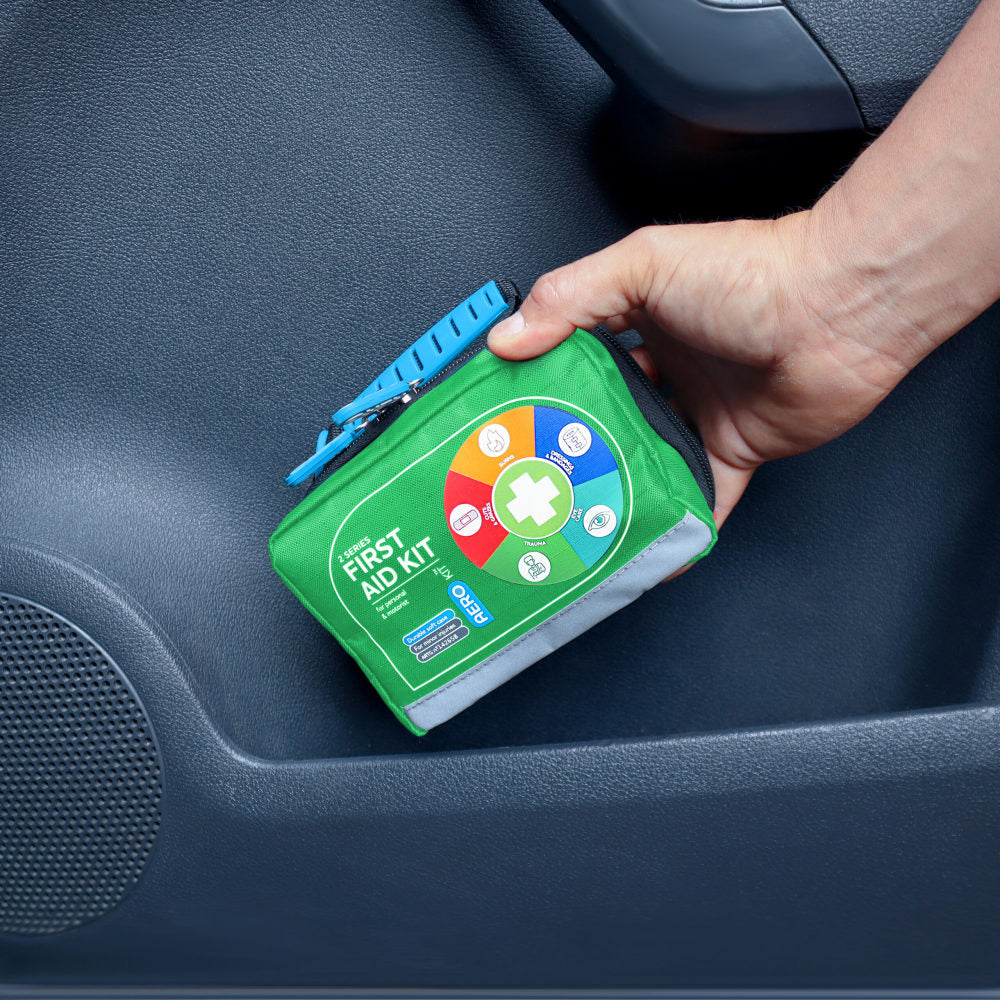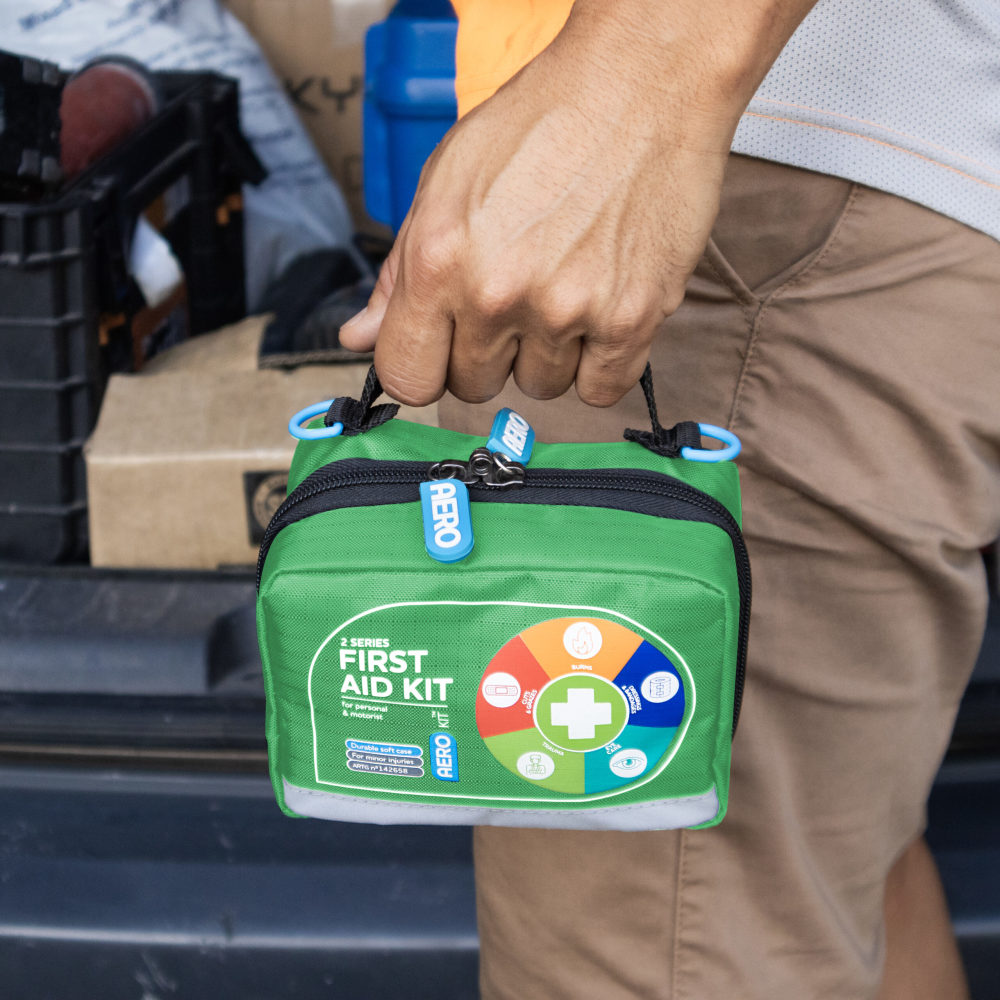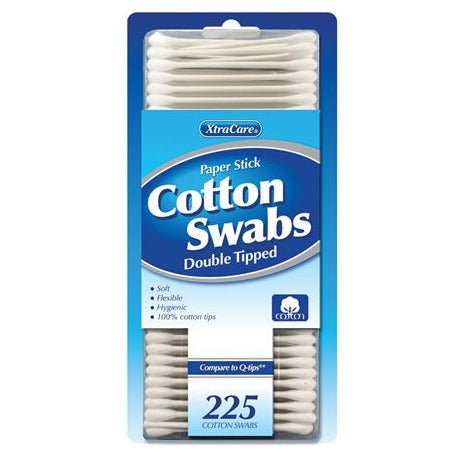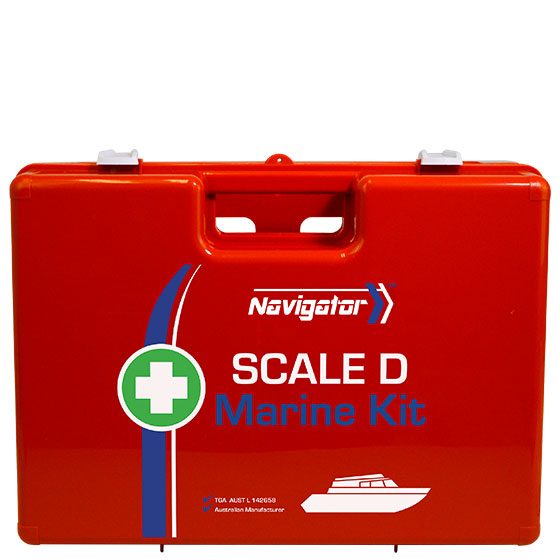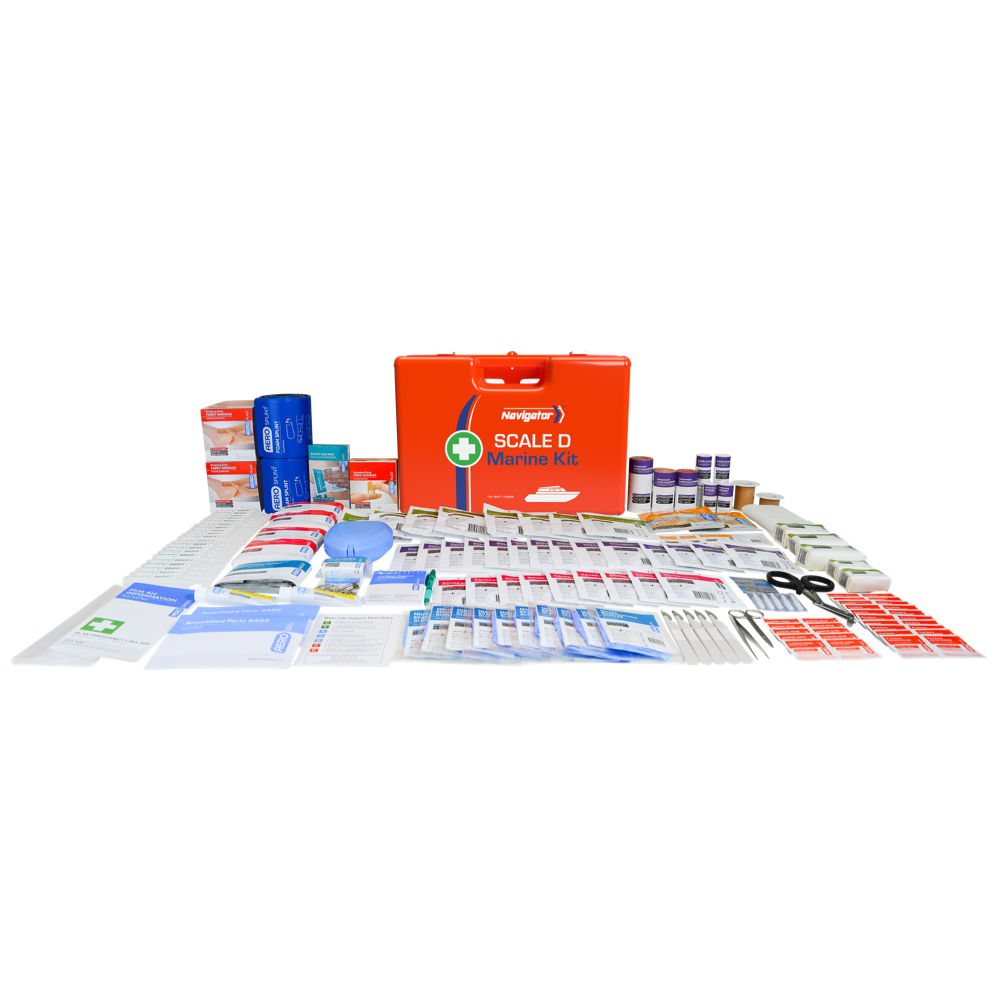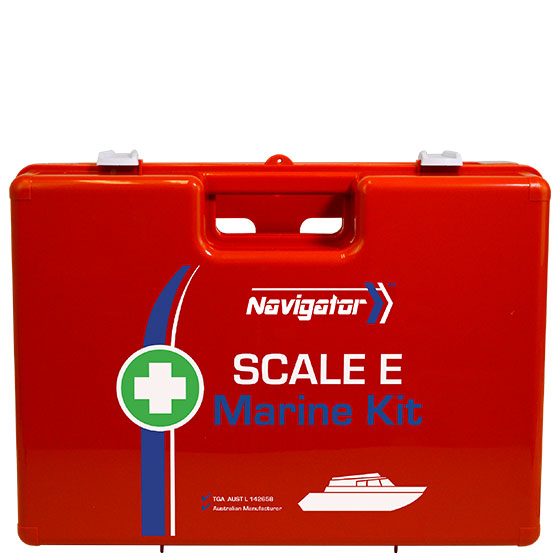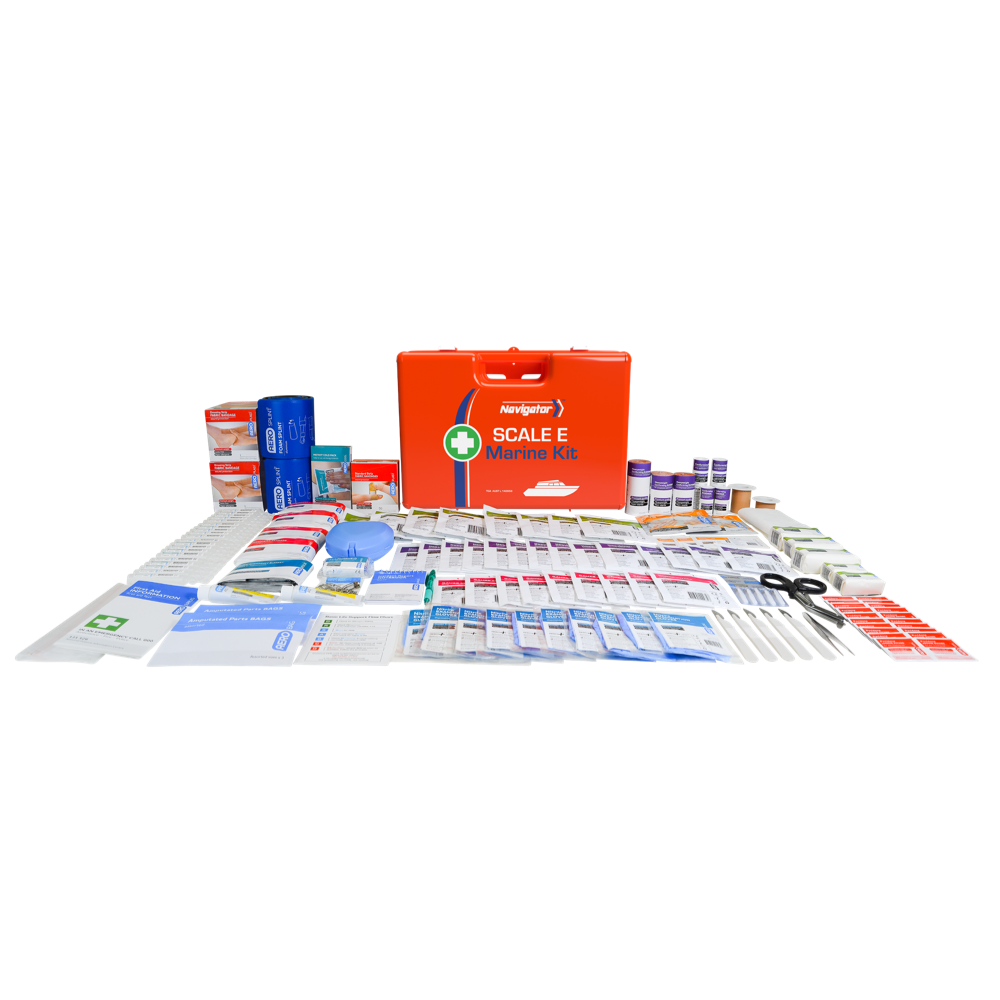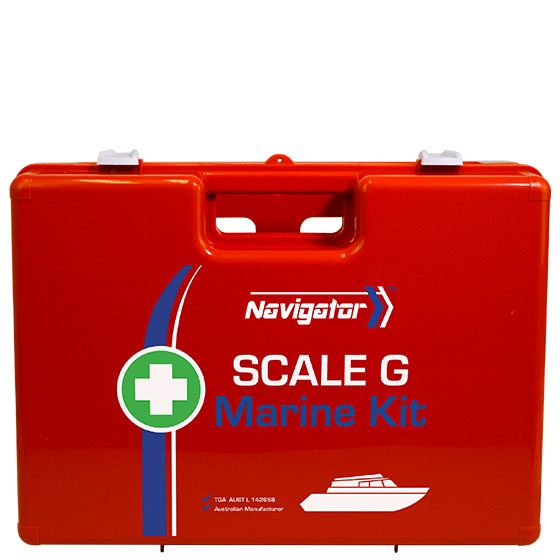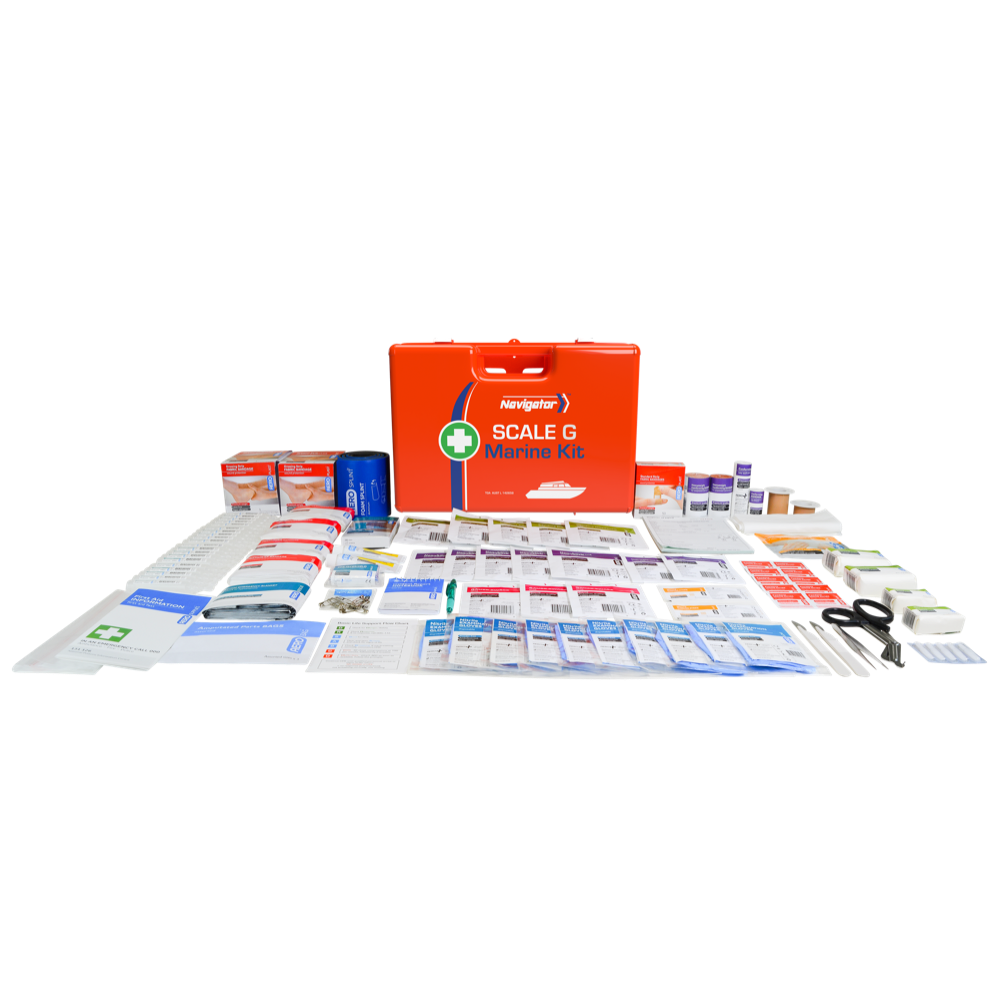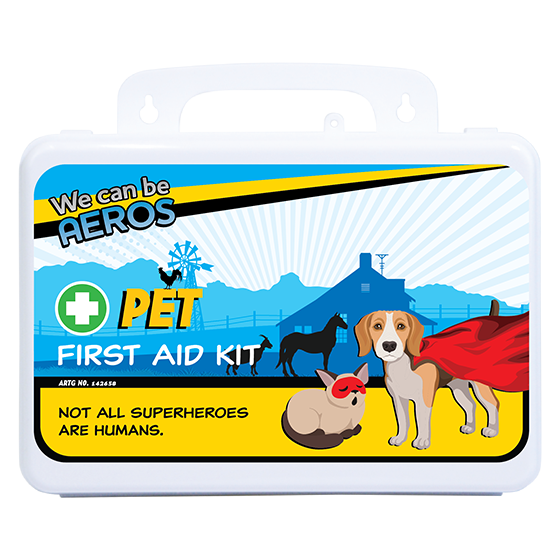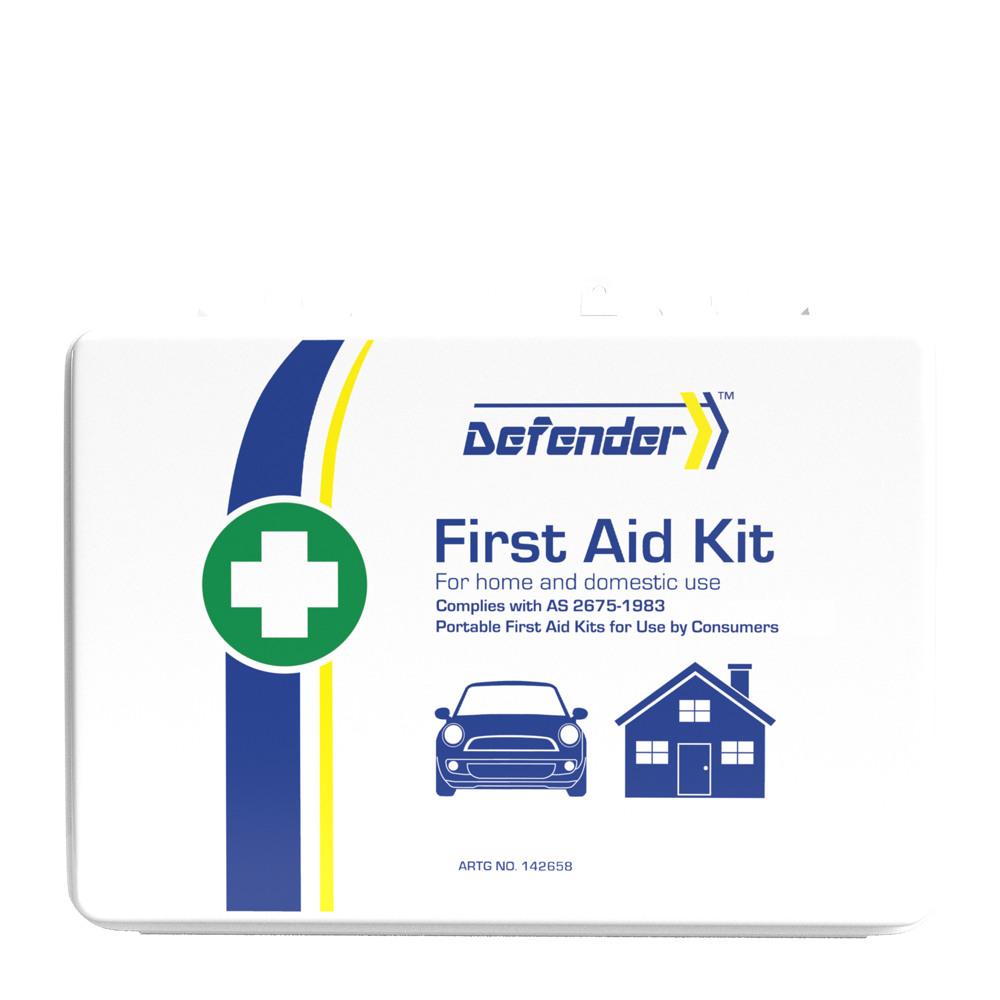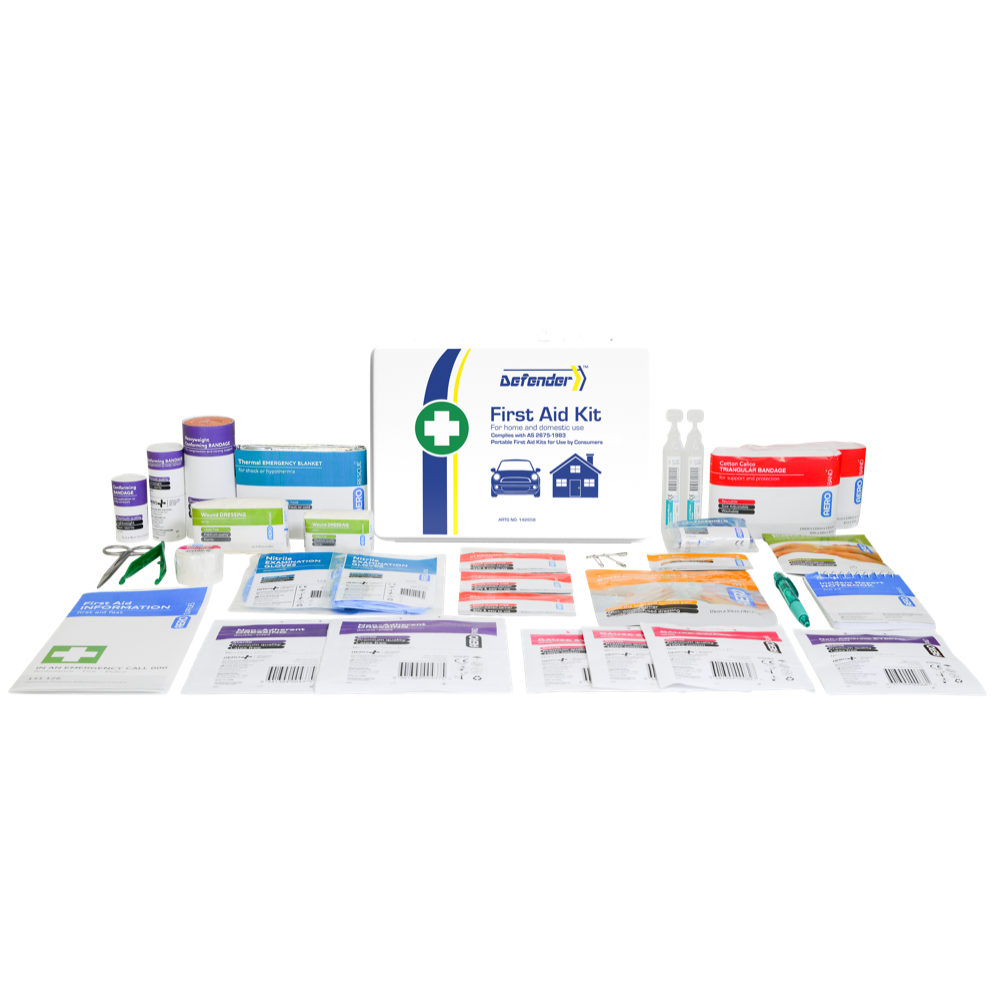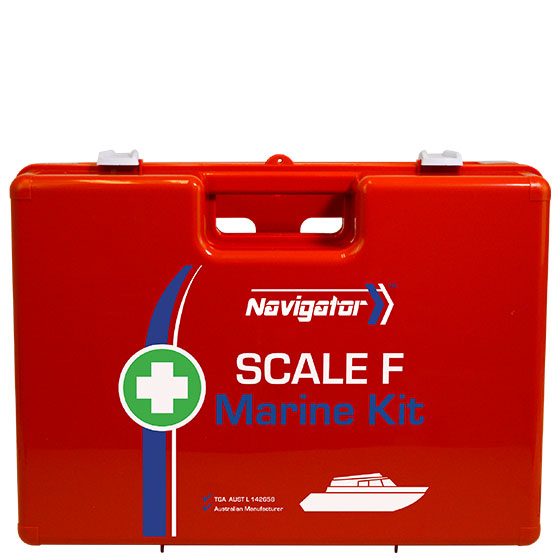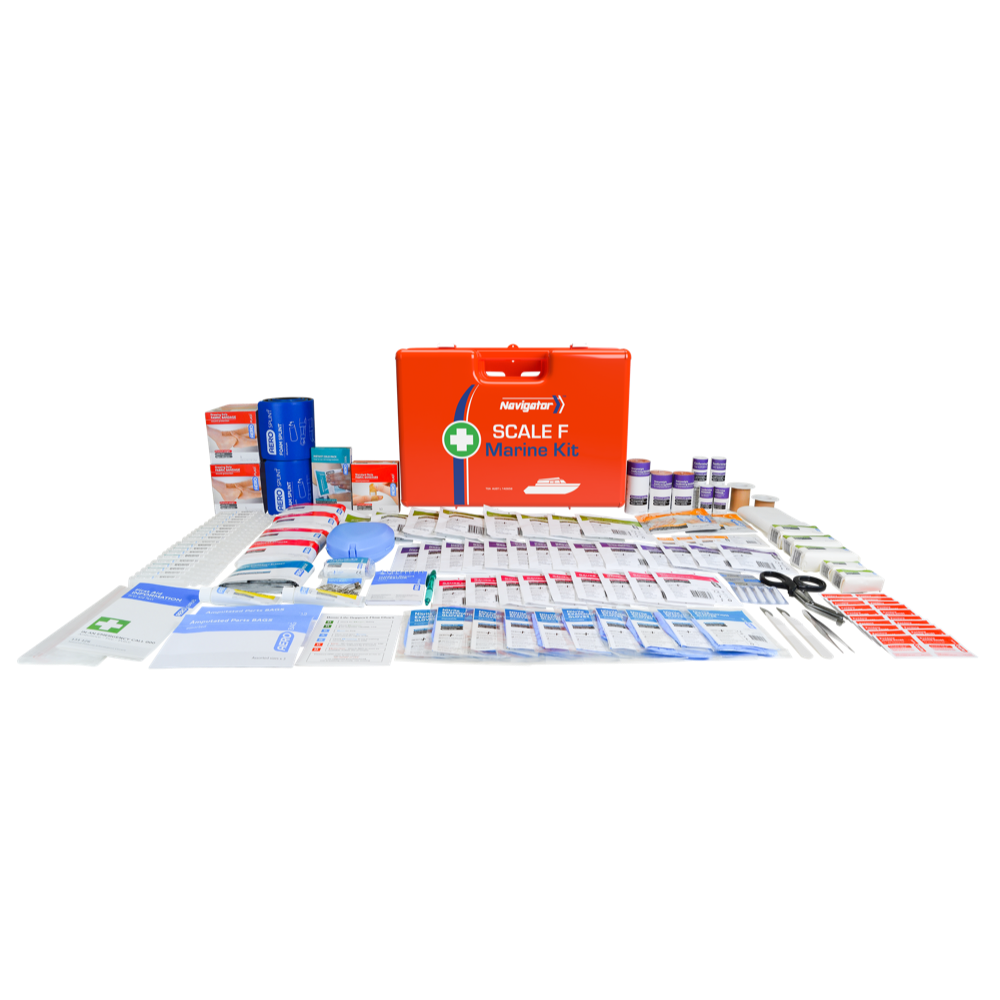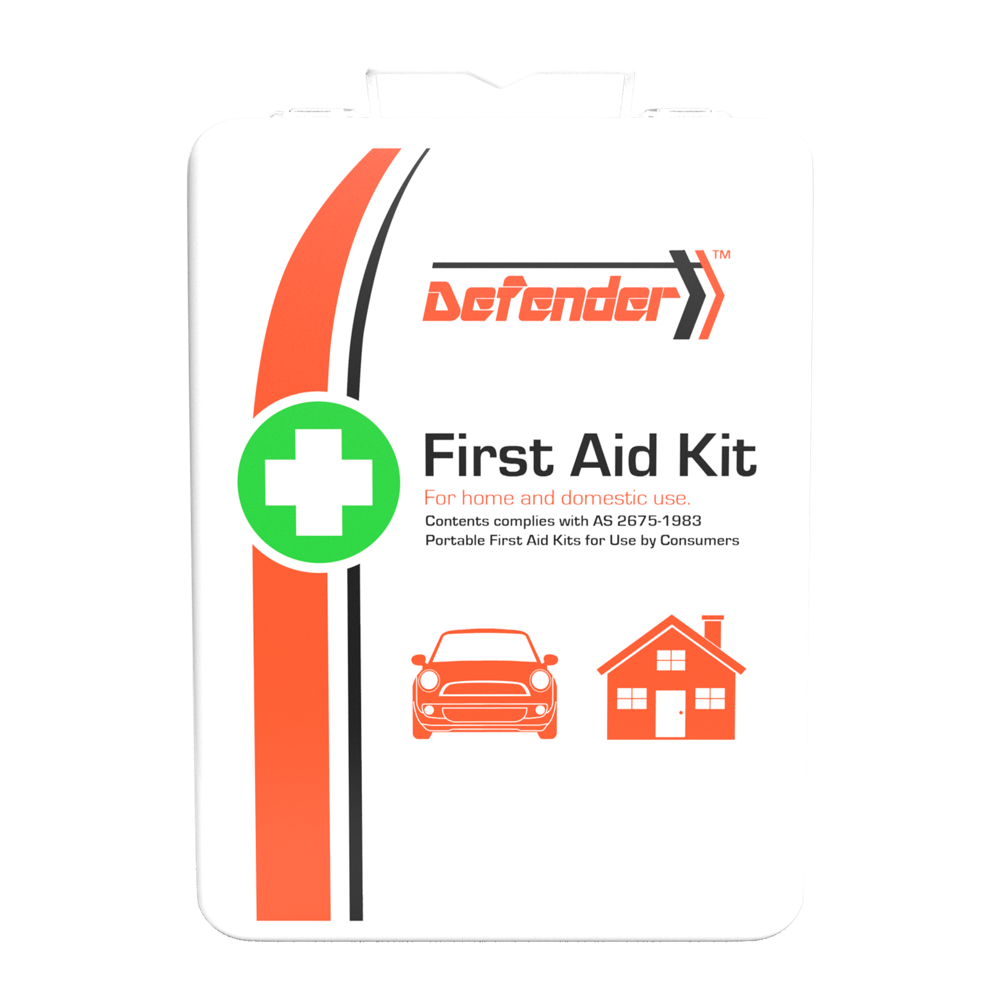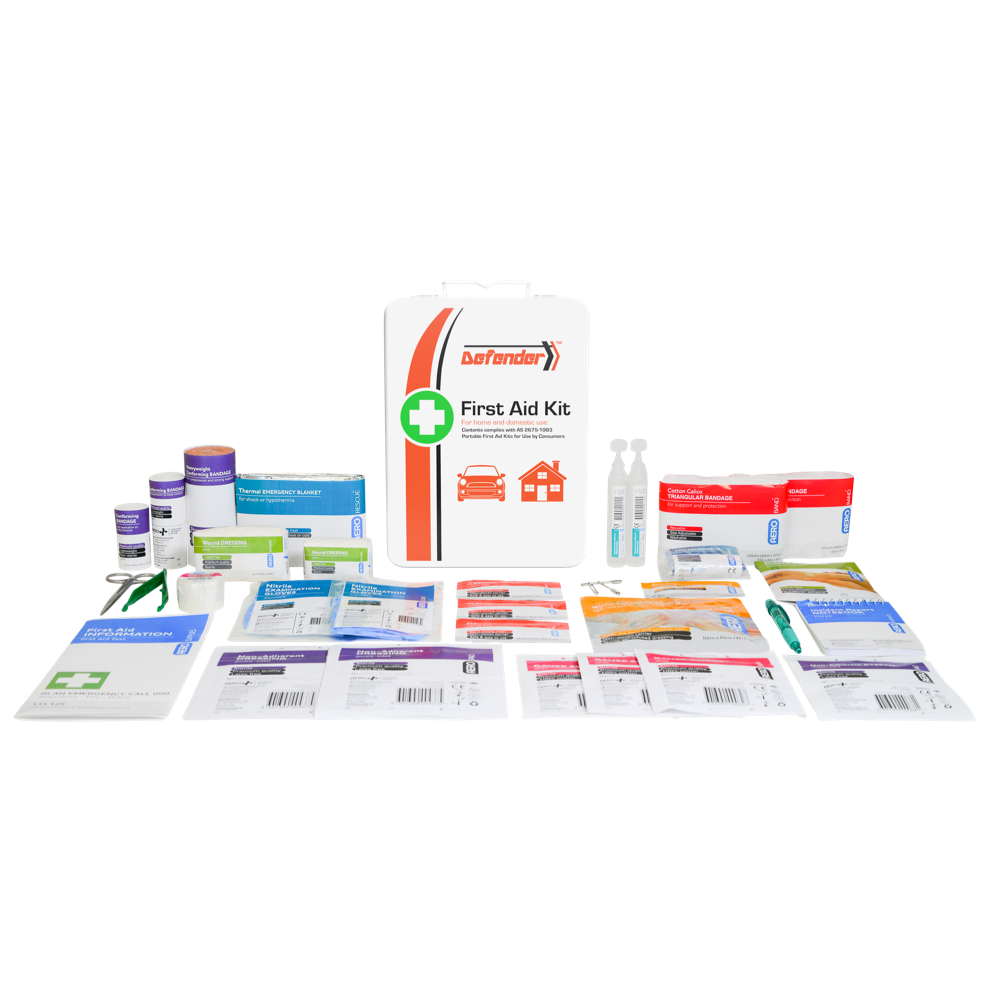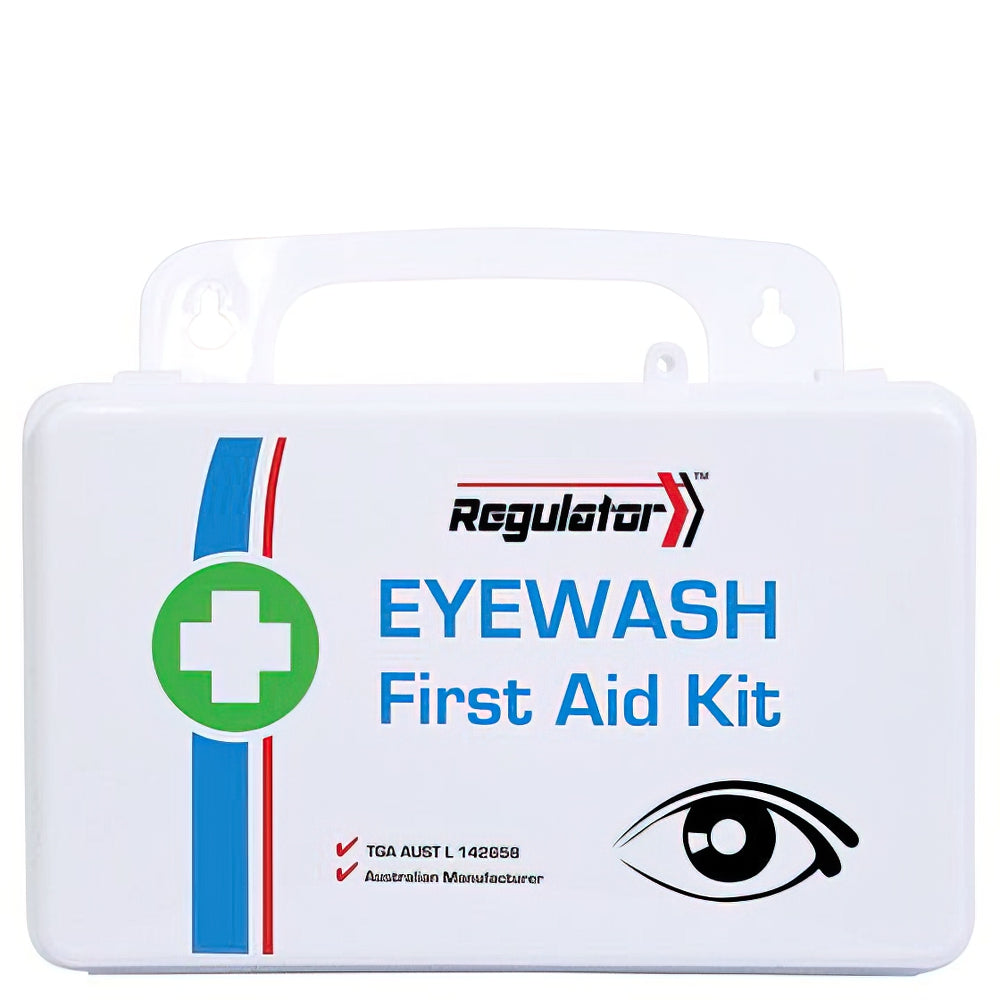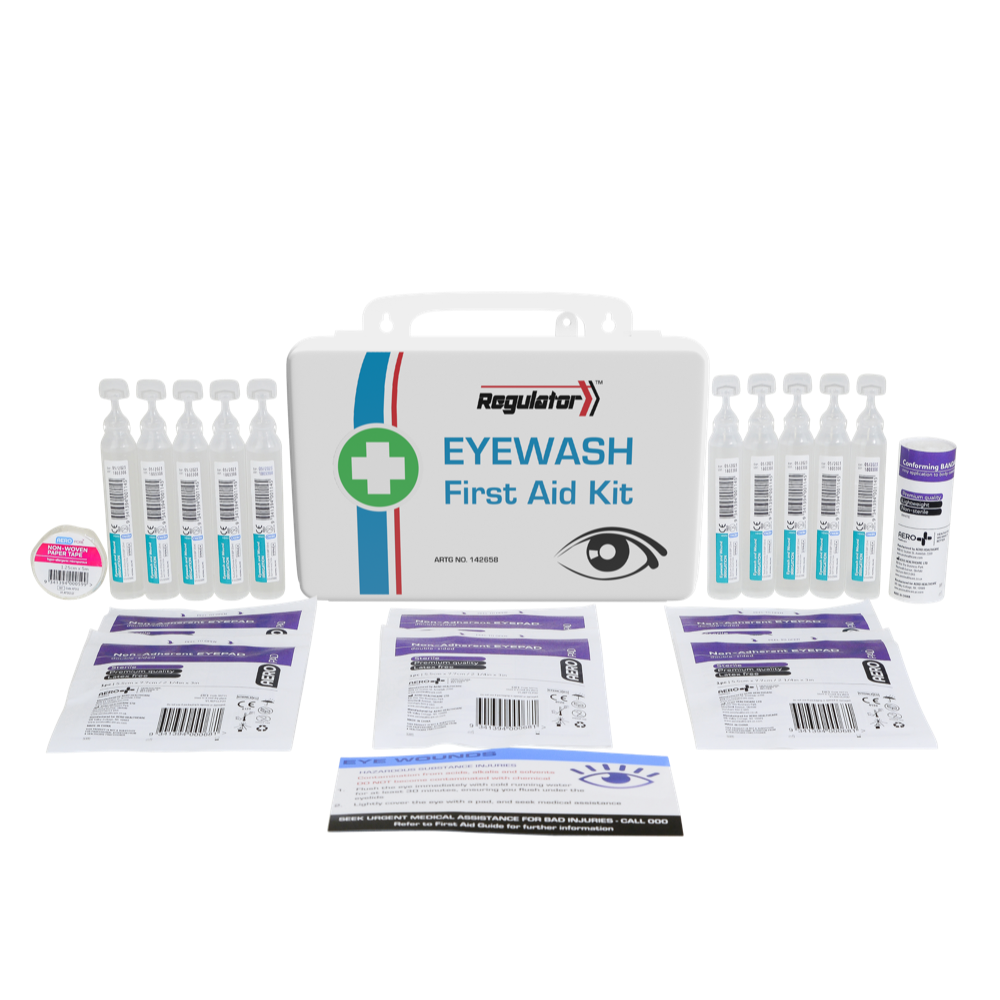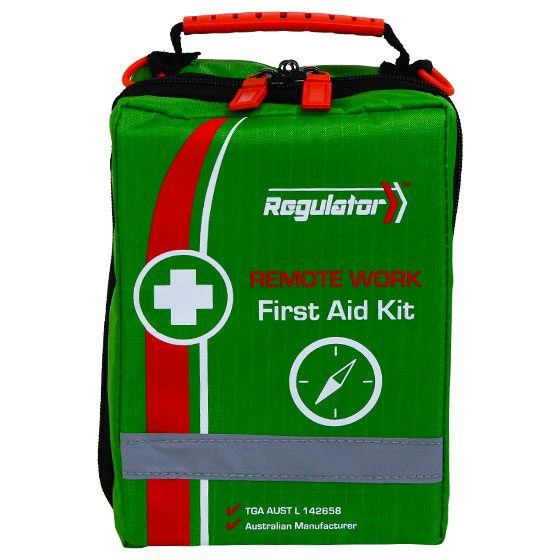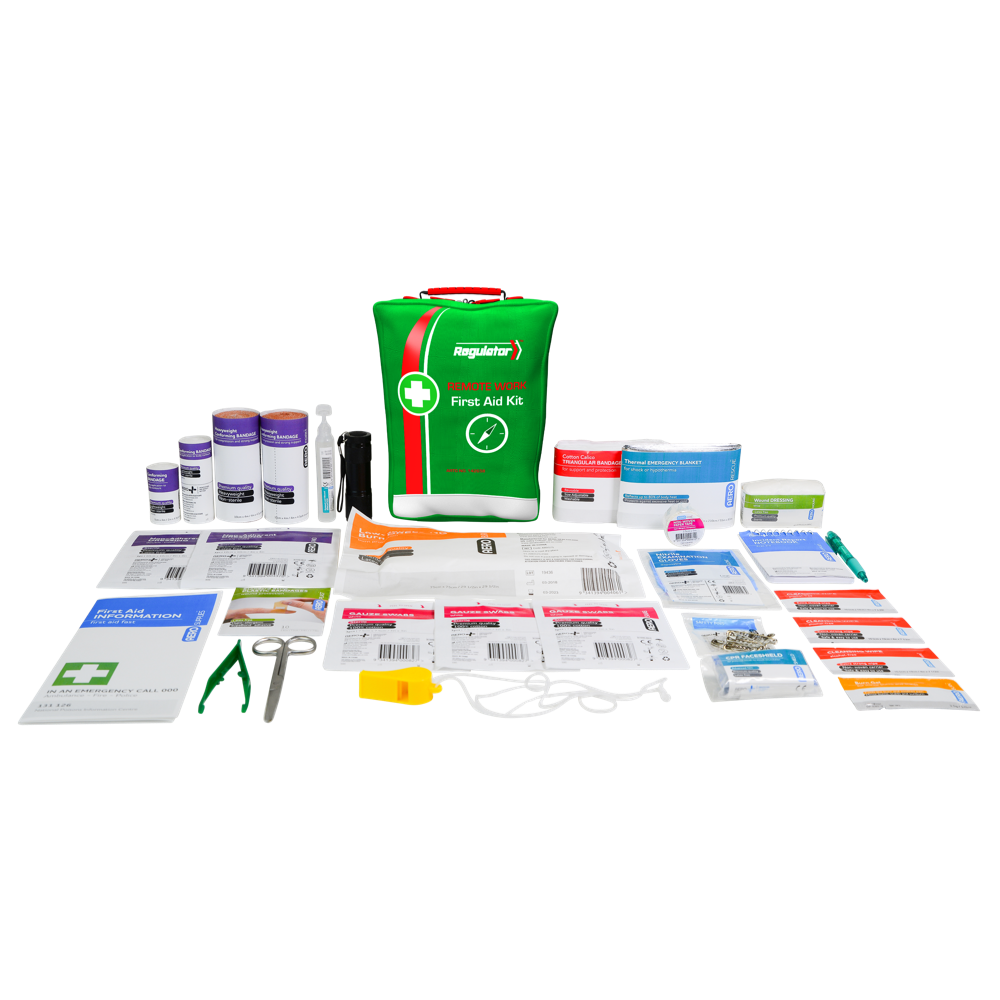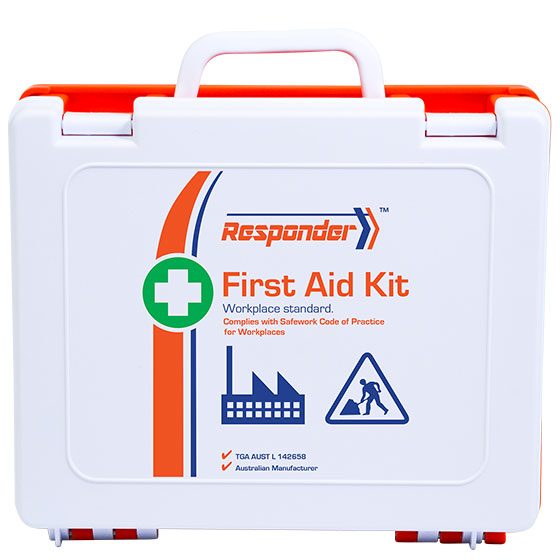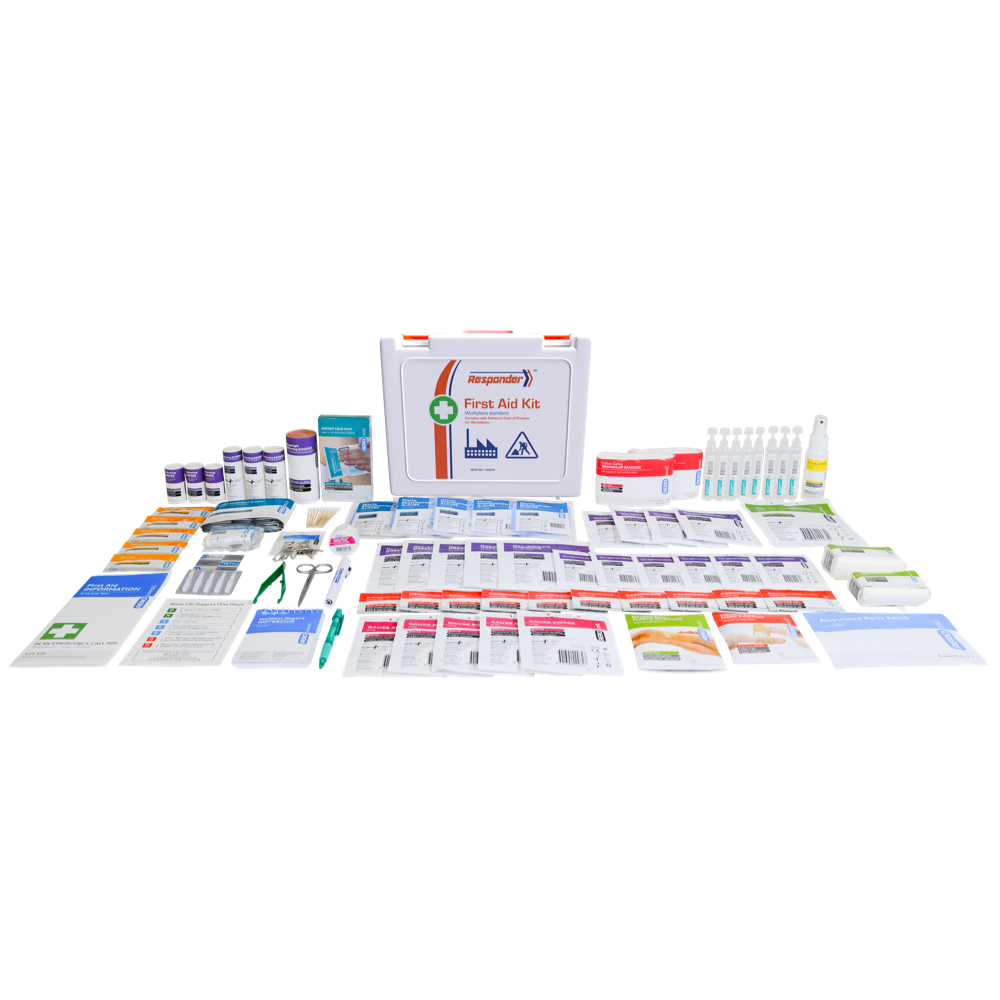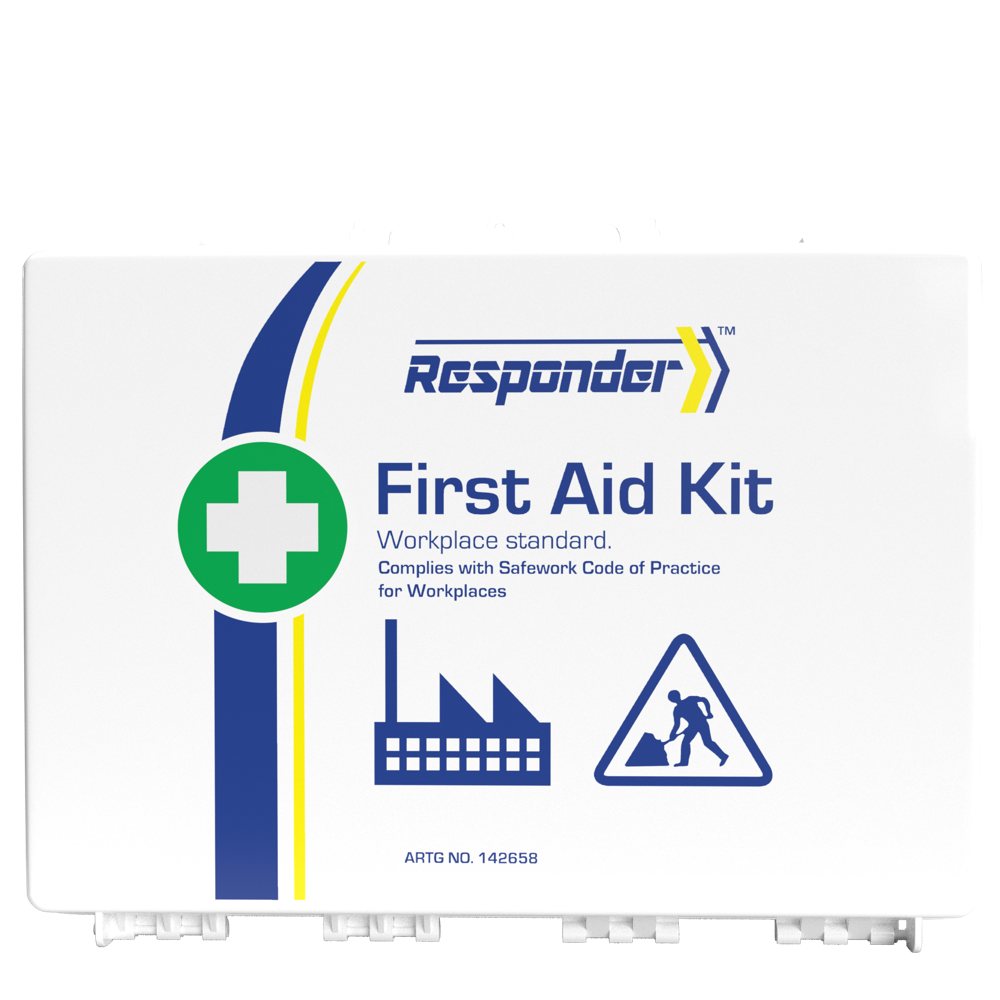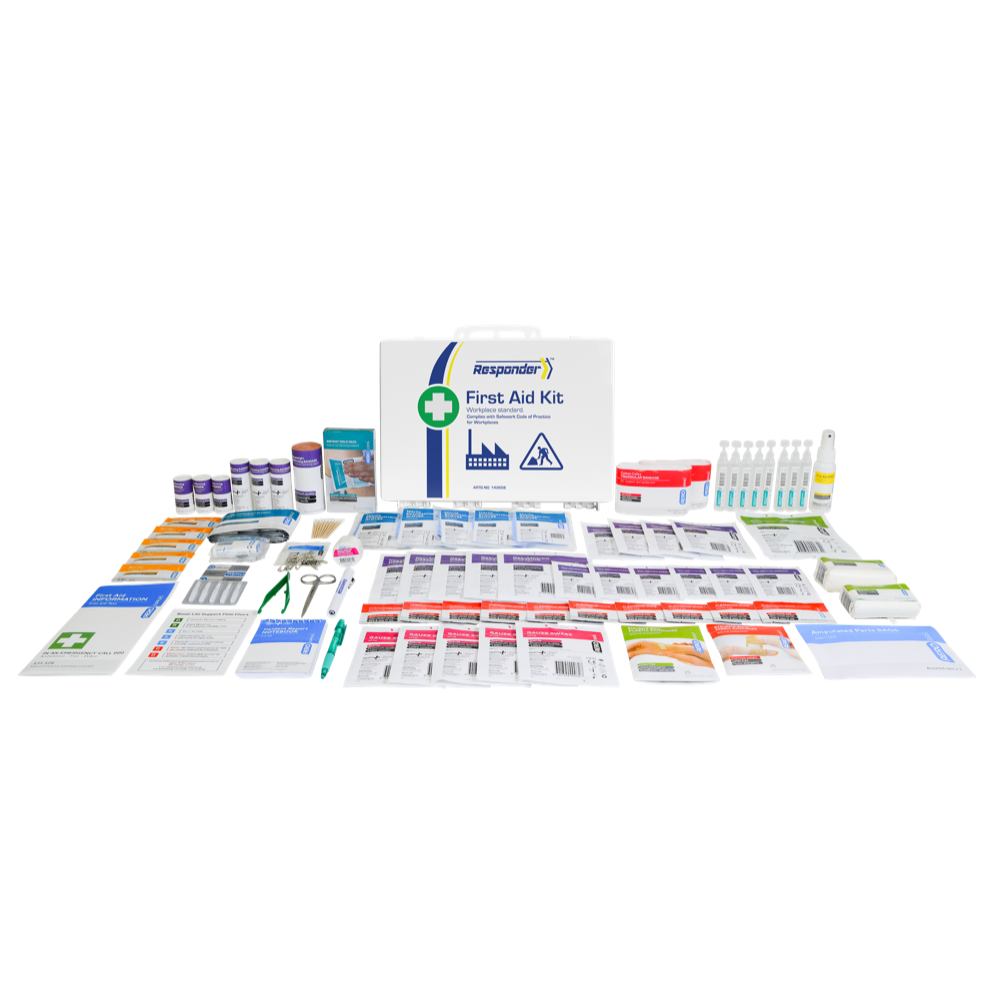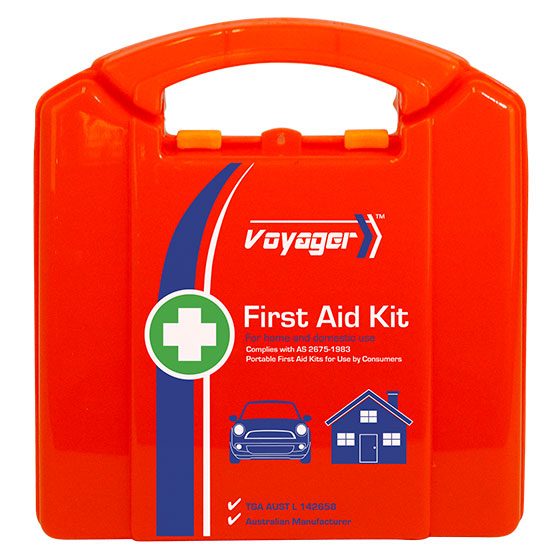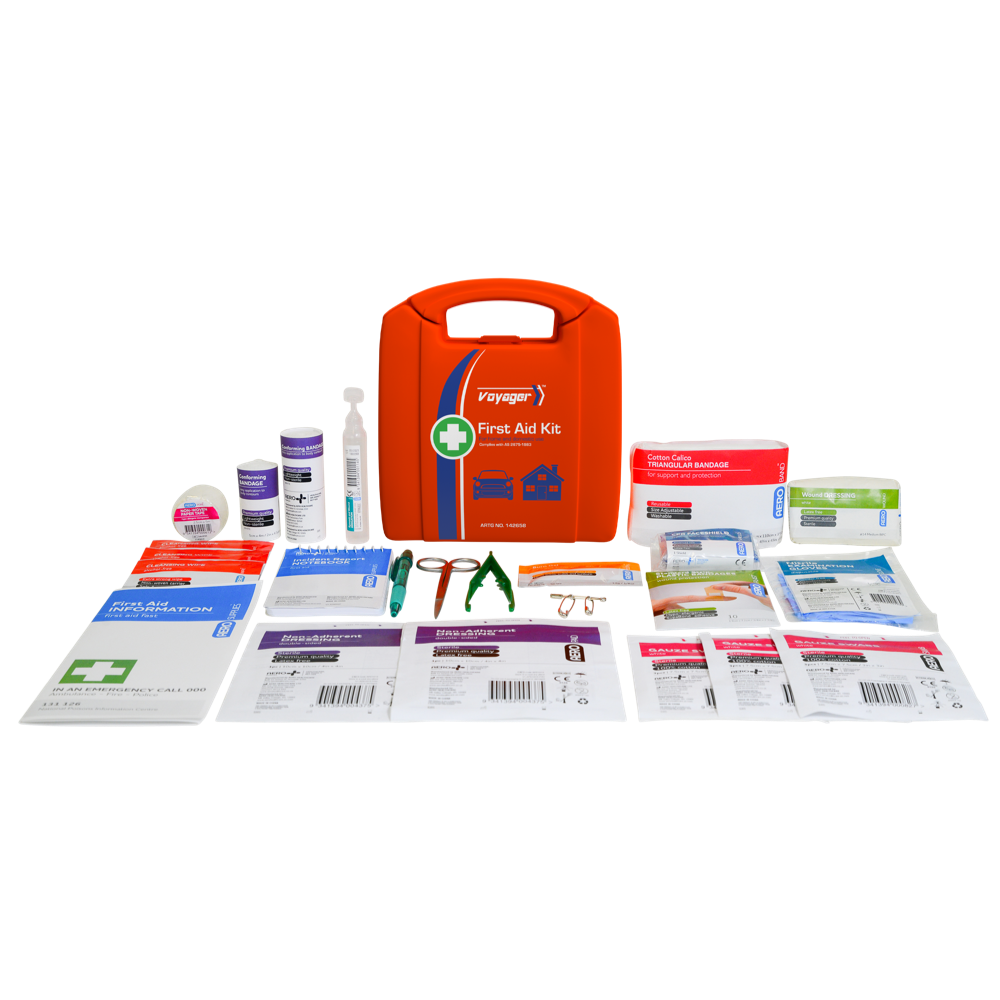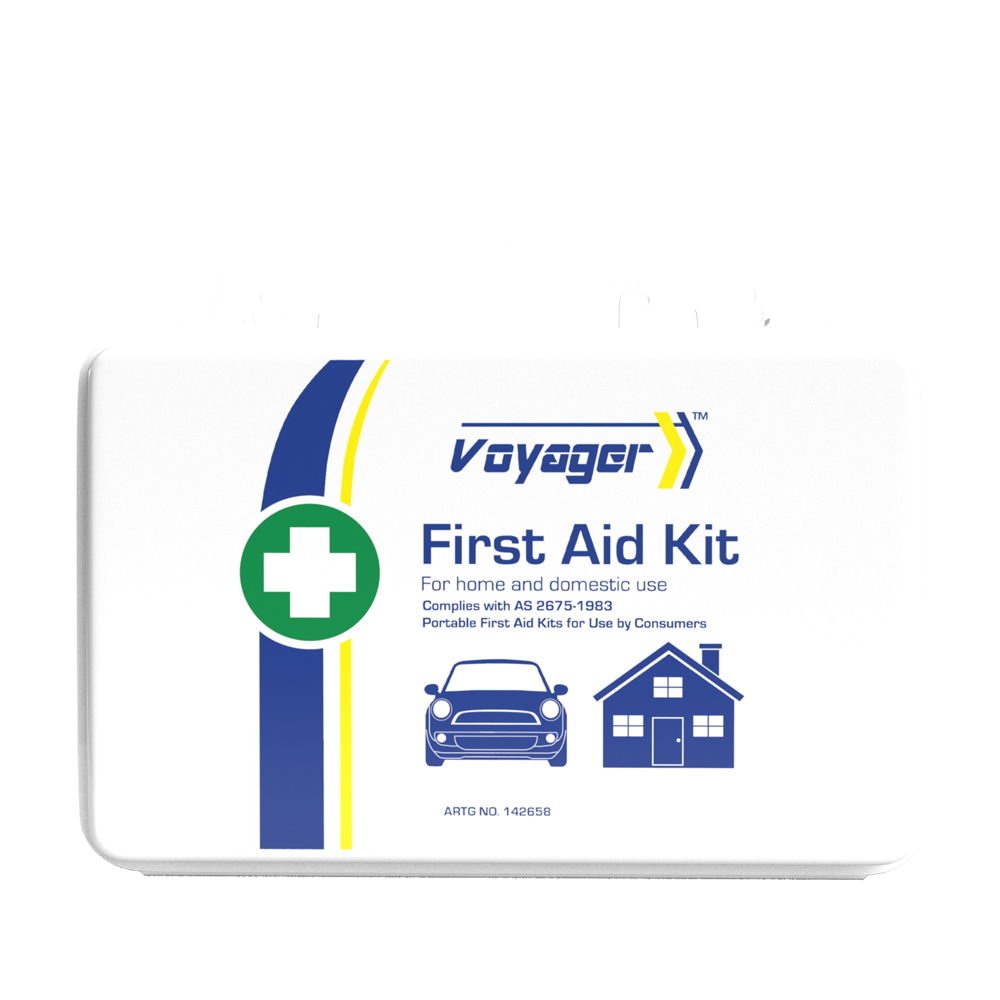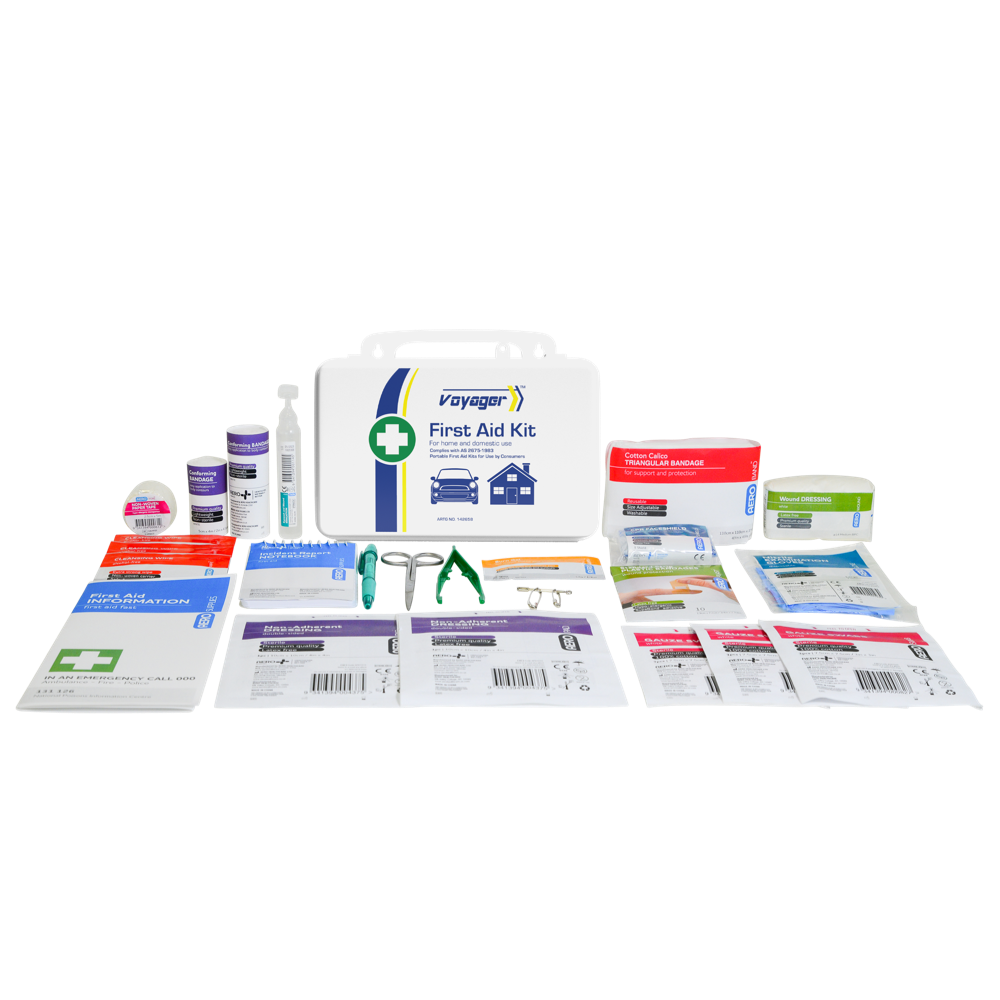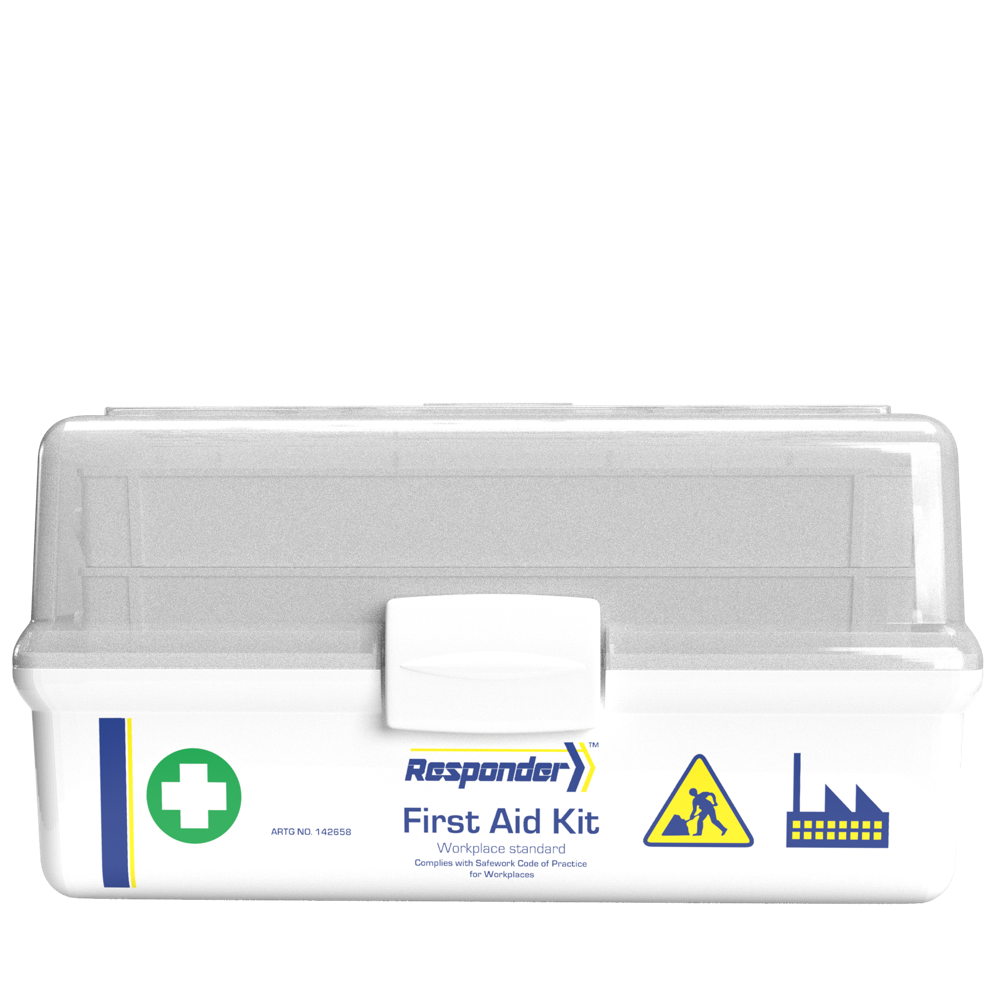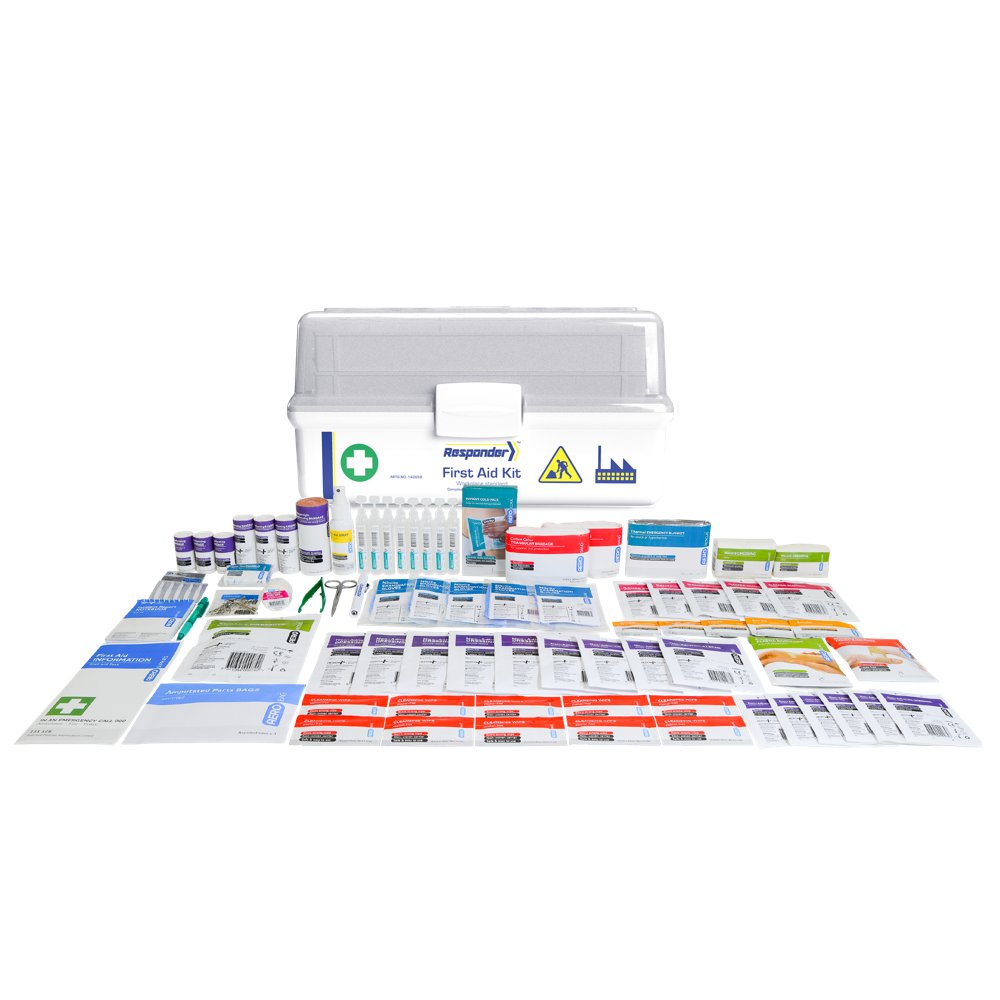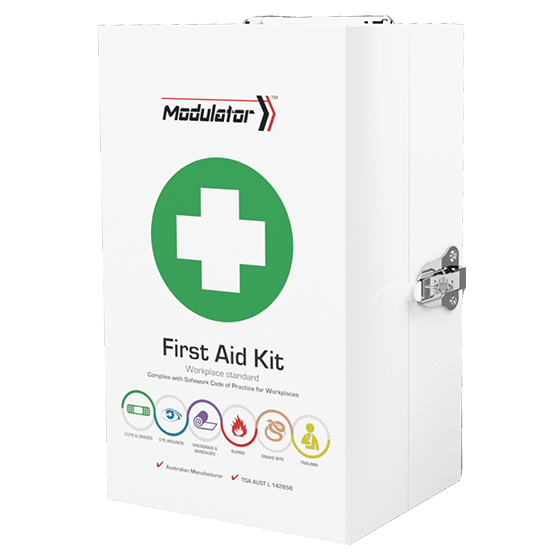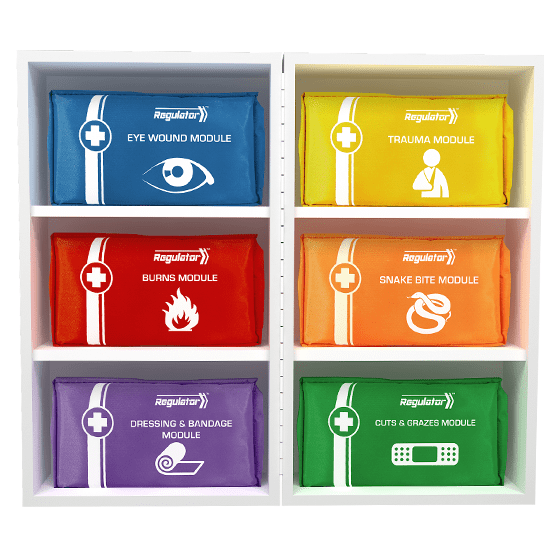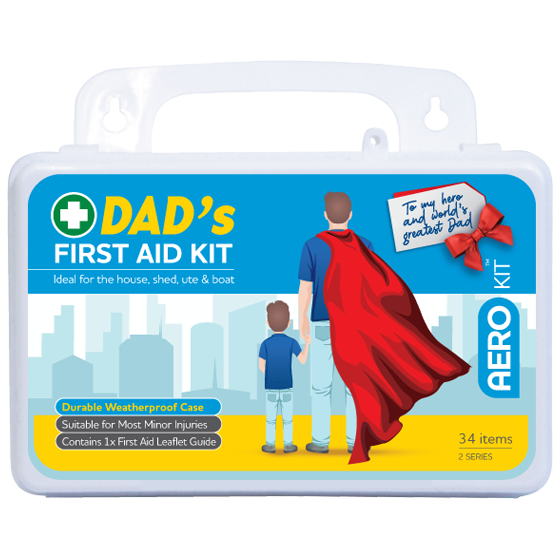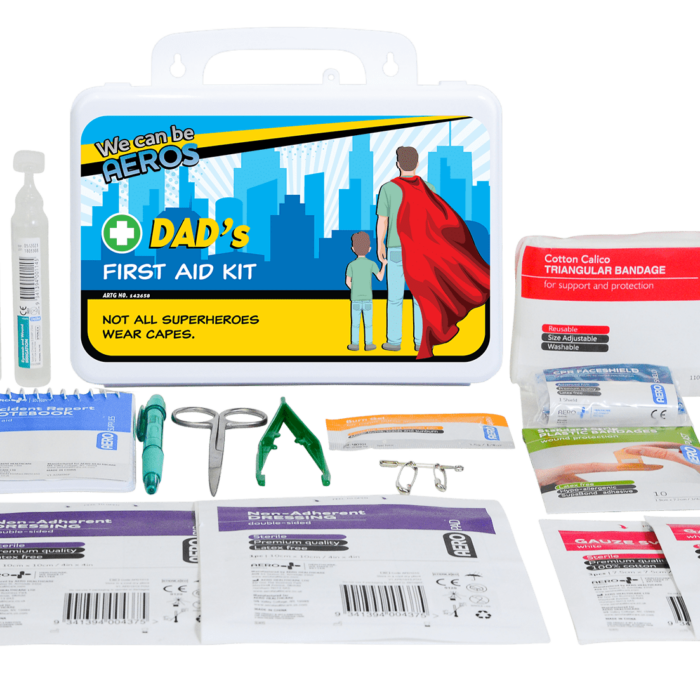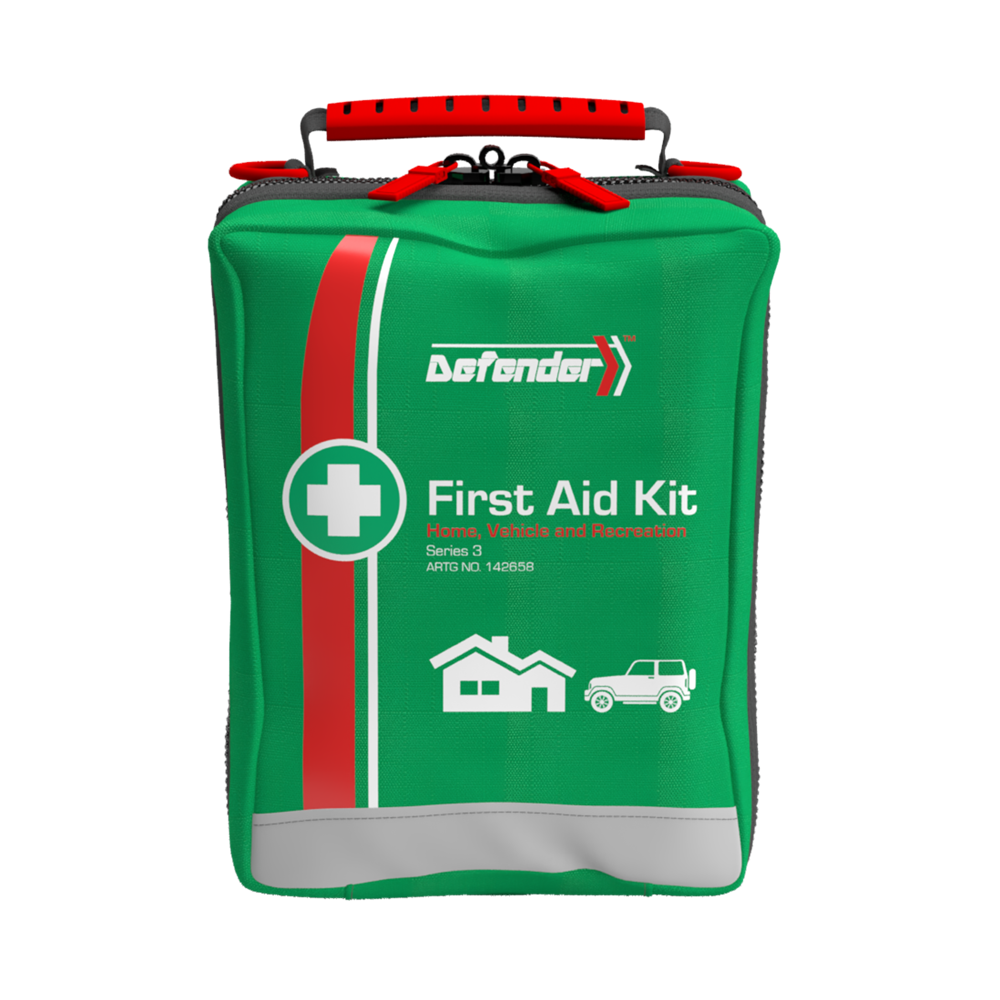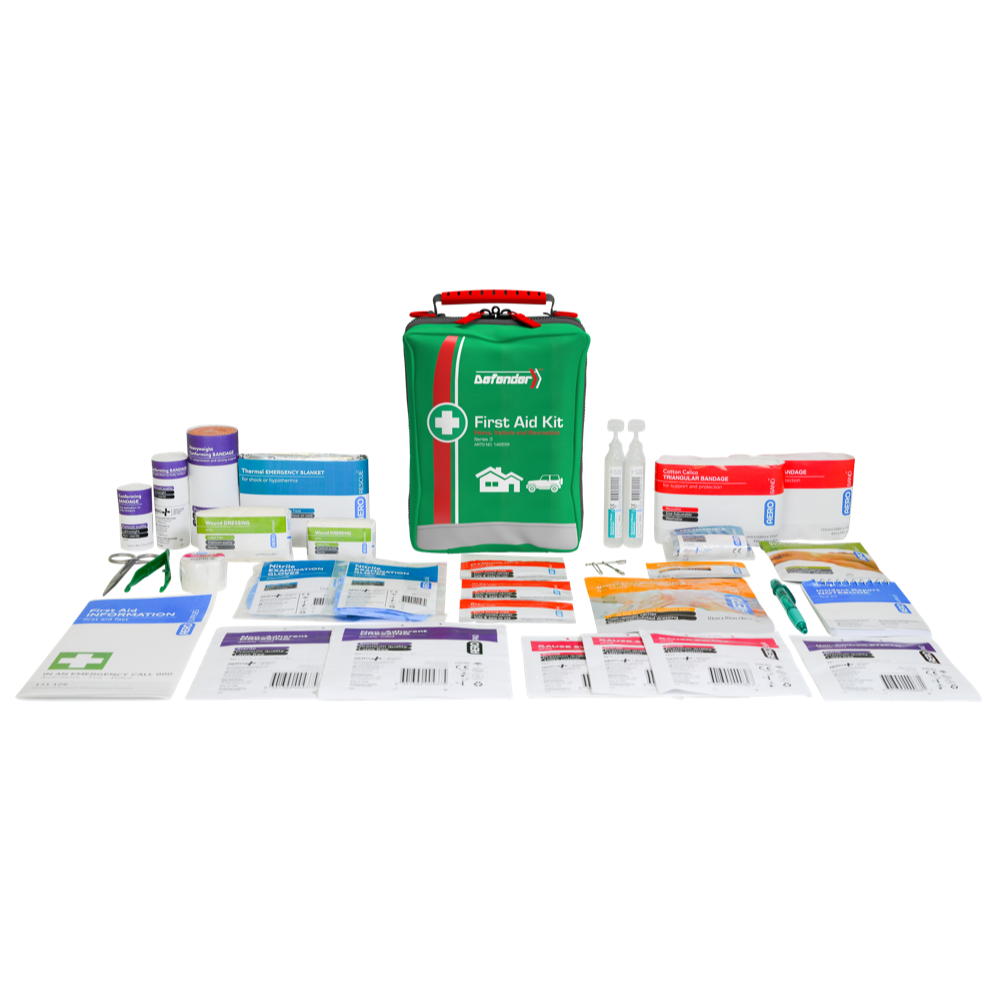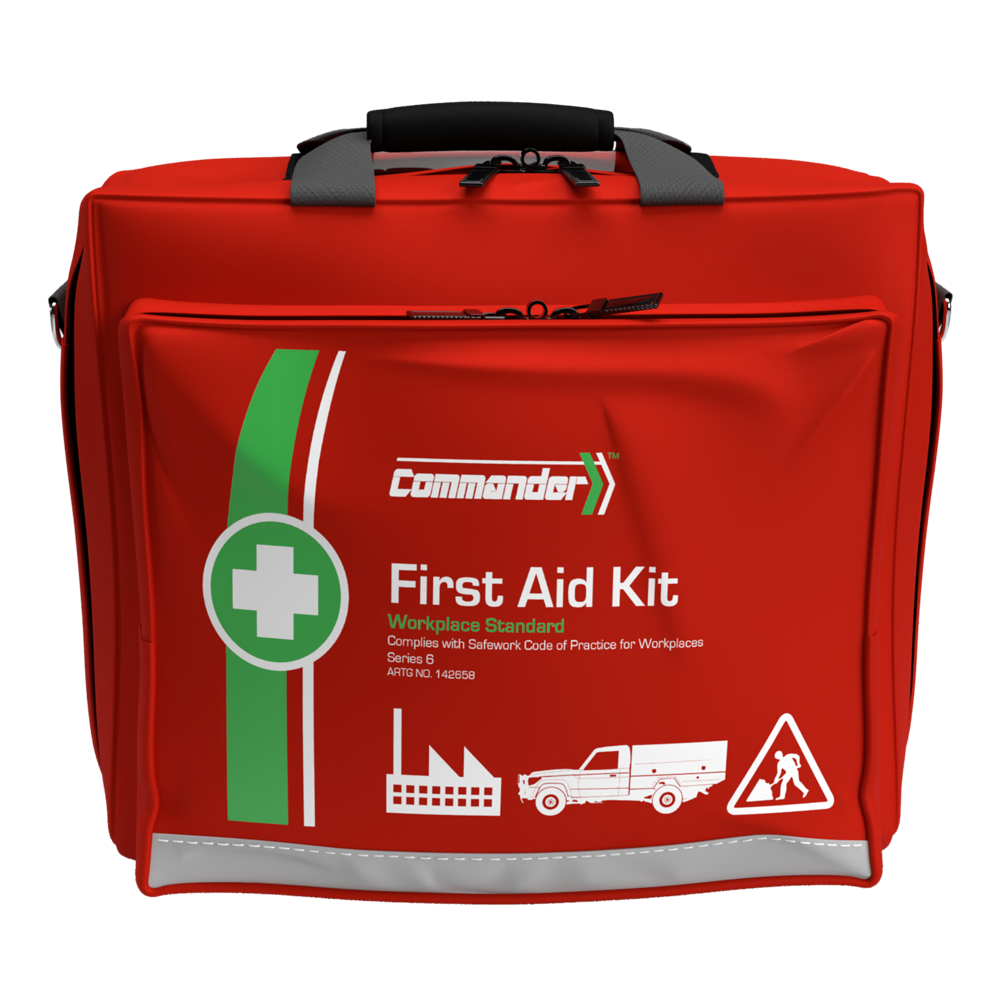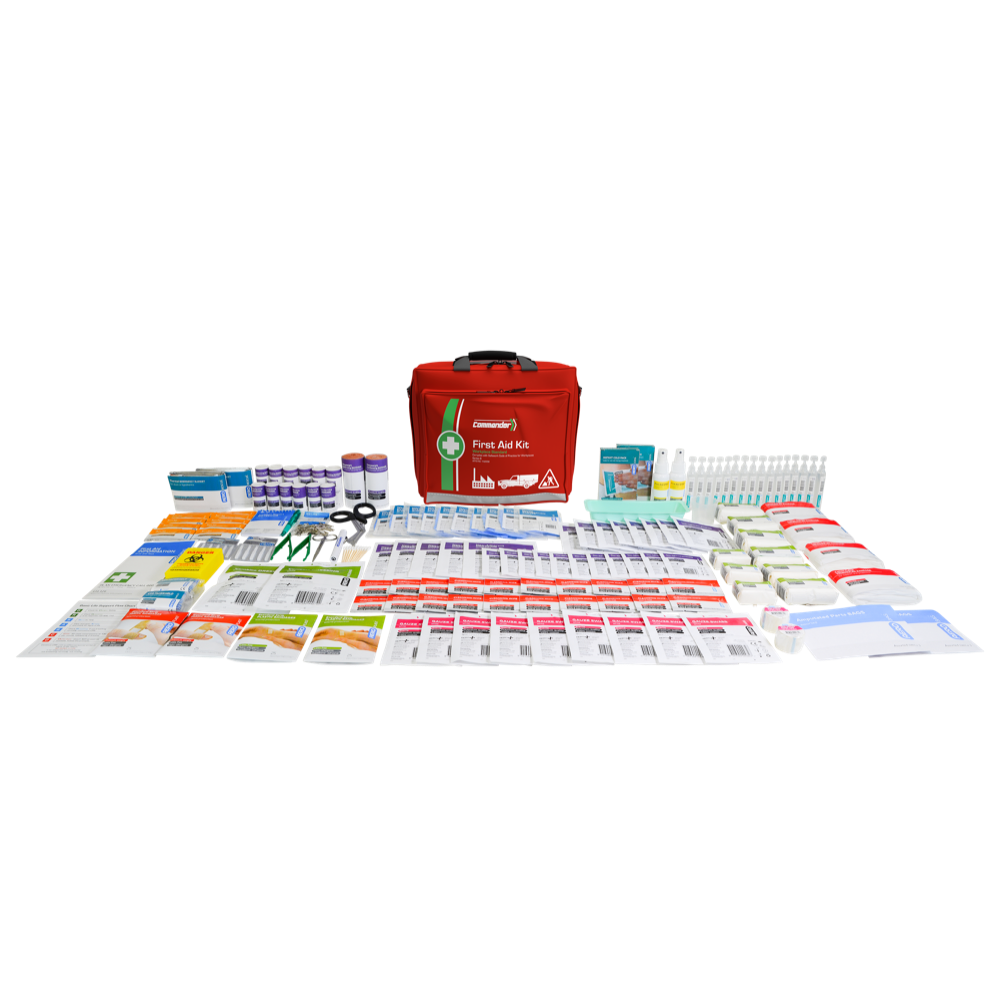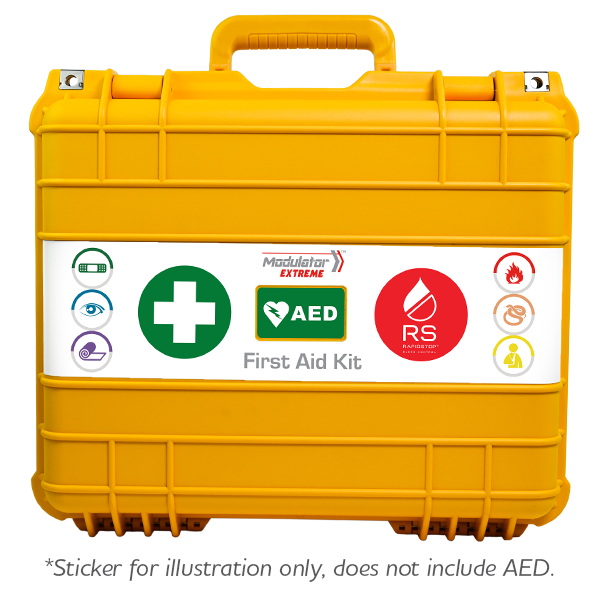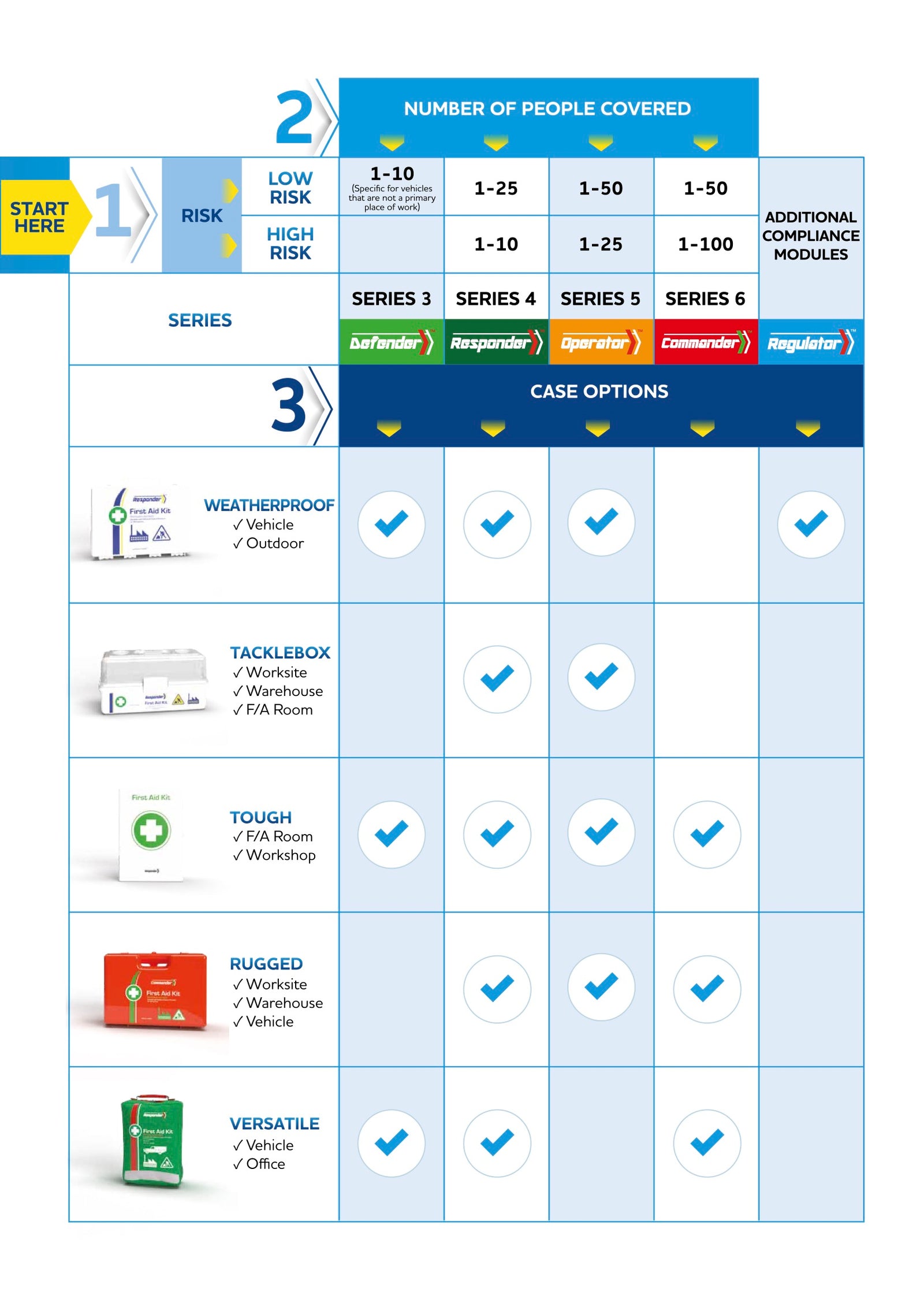
Compliance Made Easy
Choose Your First Aid Kit in 3 Simple Steps:
-
Assess Workplace Risk
- Low Risk: No serious injury/illness hazards.
- High Risk: Serious injury/illness hazards present.
-
Count On-Site Workers
Include all workers, visitors, and guests.
-
Select Your Case
Pick the case that fits your industry needs.
Our kits meet Australian Federal and State Workplace Safety legislation. Use the table to decide which products to acquire for your workplace.
Choose Your Own Kit
What First Aid supplies and products should your kit include?
A well-stocked first aid kit can help you respond effectively to common injuries and emergencies. It is a must in every home, vehicle, and workplace, as it can reduce the risk of infection or the severity of an injury. Emergency kits typically include a variety of first aid supplies that will help treat cuts, scrapes, sprains, and burns. You can purchase first aid kits at many pharmacies, like Cate’s Chemist, or assemble your own. It’s important to tailor your kit based on your activities and needs.
Basic First Aid Supplies for an Emergency kit
- Crepe bandages of varying widths
- First aid manual
Not sure what first aid supplies to include in your emergency kit? We offer customisable first aid kits and consultations to help. Simply purchase online or contact us for more information.
Keep your first aid kit accessible
Store your first aid kit in a cool dry place and ensure everyone in the family knows where it is. Some items in the emergency kit may have expiration dates, so make sure you're checking these items and replace them when necessary.


